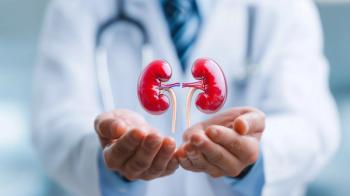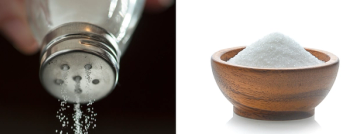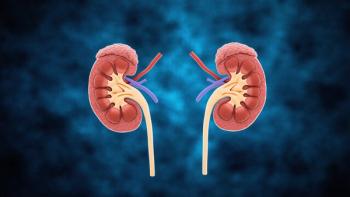
COVID-19 Linked to Development of Chronic Kidney Disease Months After Illness
Men and people ages 45 and older face additional risk of serious kidney conditions six to 12 months after their viral illness, a study finds.
Previous research has found that patients are more likely to develop acute kidney injury while they have COVID-19 and in the weeks immediately after. But few studies have looked longer term — and those that did were relatively small and of short duration.
A new study compared matched adult cohorts — one made up of participants who had COVID-19 for the first time and the other with patients who had first-time influenza — and followed them for a year.
The sample excluded people who developed kidney problems within a month after either infection. Research has shown that acute kidney injury (AKI) associated with COVID-19 infection typically occurred seven to 15 days after the onset of viral symptoms. For this study, the researchers were interested only in patients who did not initially develop kidney disease.
Corresponding author Kuo-Chuan Hung, who is affiliated with National Sun Yat-sen University College of Medicine and Chi Mei Medical Center, both of which are in Taiwan, and colleagues, all of them in Taiwan, reported the results of their
They found greatly increased risk of AKI, advanced chronic kidney disease (CKD), and reduced estimated glomerular filtration rates (eGFR) at both six and 12 months.
The similar risk patterns “suggest that the risk stabilizes during this period rather than continuing to deteriorate,” write Hung and colleagues, “suggesting that kidney function surveillance may be most crucial in the first six months post-infection.”
Males and participants over age 45 also faced increased risk.
The researchers used flu patients as a control group. They noted that the flu is another viral respiratory infection with systemic implications, so the comparison between people with COVID-19 and those with the flu allowed them to differentiate COVID-19-specific effects from general post-viral complications. In addition, both conditions typically affect similar populations and receive comparable medical attention. Using flu patients for comparison also helps account for healthcare-seeking behavior patterns among patients with respiratory infections.
Each cohort had 141,587 participants ages 18 and over, almost exactly matched on demographic and other variables, drawn from a global database of electronic health records from 133 commercial healthcare organizations, most of them located in the United States.
Here are some of the specific findings of the study.
- Advanced CKD (stages 3 to 5) was twice as high in the COVID-19 group compared with the flu group (0.14% vs. 0.07%).
- The incidence of AKI was three times higher (0.25% vs. 0.08%) in the COVID-19 than in the flu group
- Reduced eGFR was three times higher in the COVID-19 group (0.68% vs. 0.22%) than in the flu group.
Each comparison was similar after 12 months, although slightly less extreme.
Age and sex also played a significant role:
- Compared to the control group, COVID-19 participants over age 45 were multiple times as likely, on average, to develop advanced CKD after 12 months (0.56%) than participants ages 18 to 44 (0.3%).
- The COVID-19 group over 45 also was multiple times as likely to develop AKI (0.87%) than was the 18-45 group (0.16%).
- The same was true with respect to reduced eGFR among those over 45 (2.79%) compared with participants 18 to 45 (0.23%).
Using the same comparisons by sex, men were slightly more likely to develop advanced CKD (0.27%) than women (0.2%) and more than twice as likely to have AKI (men, 0.64%; women, 0.27%).Reduced eGFR was identical in men and women (1.27%).
By far the most significant covariates for the development of chronic kidney disease — much more significant than age or sex — were hypertension and diabetes.
Newsletter
Get the latest industry news, event updates, and more from Managed healthcare Executive.





















































